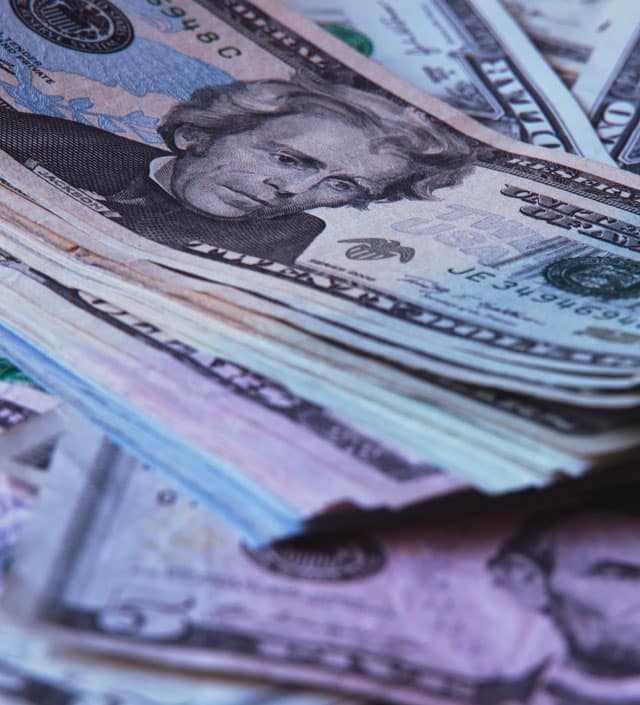TD Bank, one of Canada’s biggest lenders, said in late February it had agreed to pay $1.2 billion to settle claims arising from a giant Ponzi scheme involving Stanford Financial, a scandal that erupted 14 years ago and cost ordinary investors about $7 billion.
The bank said it reached the settlement with the Stanford Financial receiver, who is trying to recoup funds for investors, “to avoid the distraction and uncertainty” of protracted litigation. In a statement, TD, as Toronto-Dominion Bank is known, said it denied any wrongdoing or liability for having provided banking services to Stanford’s offshore bank in Antigua.
The deal with TD was the largest of several settlements reached with other banks, including Trustmark National, Société Générale, HSBC and Independent Bank, formerly Bank of Houston, according to the Stanford Financial receiver.
In all, the deals with the five banks, which provided services to Stanford Financial during its two decades in operation, totaled $1.6 billion. The settlements came as the receiver was preparing to go to trial with some of the banks.
The settlement is a major victory for the court-appointed receiver, Ralph Janvey, who has struggled for years to recover money for the 18,000 customers of Stanford Financial who invested in high-yielding certificates of deposit issued by Stanford’s offshore bank. The CDs ended up largely worthless because the bank did not have enough assets to back them up, and the deposits were not guaranteed by any federal bank insurance program.
Before the settlement with the banks, Janvey and lawyers from Baker Botts had recovered $1.1 billion, with $680 million going to customers and investors.
“This is an extraordinary result for the victims of the Stanford fraud,” Kevin Sadler, a partner at Baker Botts, said in a prepared statement. “Given all the challenges faced by the receivership since 2009, this is nothing short of a monumental recovery.”
Stanford Financial collapsed in February 2009, amid investigations by the Securities and Exchange Commission and other agencies, and after a news report had focused on whether the returns on the company’s CDs were too good to be true.
Federal prosecutors ultimately charged R. Allen Stanford, the firm’s founder, with engineering a long-running scheme to divert investors’ money to invest in real estate and finance a lavish lifestyle. Stanford was convicted in 2012 at trial in federal court in Houston, where Stanford had its U.S. headquarters.
Stanford, 72, was sentenced to serve 110 years in a federal prison. He is being held at a U.S. penitentiary in Sumterville, Florida.
The Stanford Ponzi scheme was revealed just two months after Bernard Madoff had turned himself in to federal authorities in New York for running a Ponzi scheme at his investment firm. The fraud carried out by Madoff has always overshadowed Stanford’s, in part because Madoff looted at least three times more money from customers.
Madoff’s victims also included a number of celebrities and high-profile investors. By contrast, most of Stanford Financial’s customers were investors of more modest means, who bought the CDs after brokers had pitched them as safe, high-yielding investments.
Stanford Financial investors have had to wait far longer to get money back than investors in Madoff’s scheme. (Madoff died in 2021, at 82, while serving a 150-year sentence at a prison in Butner, North Carolina.)
The long road to recovering money for Stanford Financial’s customers is a fresh reminder of the challenges lawyers for the collapsed cryptocurrency company FTX face as they seek to recoup billions in customer funds that federal prosecutors contend were siphoned away by its founder, Sam Bankman-Fried.
Madoff’s investors have recouped much of the money they invested because of a series of successful lawsuits brought by the receiver of the firm. The receiver, Irving Picard, has won a number of lawsuits to claw back so-called fictitious profits that were paid out to investors before the scam was exposed.
Investors in Madoff’s firm also benefited from a 2014 settlement that federal prosecutors in Manhattan reached with JPMorgan Chase, which had been one of Madoff’s main banking partners. The deferred prosecution agreement with JPMorgan Chase, the nation’s largest bank, returned $1.7 billion for victims. Prosecutors had charged the bank with turning a blind eye to some of what went on at Madoff’s firm, and for failing to adequately alert regulators in the United States about concerns it had with his operation.
In an email, Sadler said the deal that prosecutors had struck with JPMorgan was a guide for the settlement with some of the banks in the Stanford Financial scandal.
“If you bank a 10-figure Ponzi scheme,” Sadler said, “then you have 10-figure responsibility.”
c.2023 The New York Times Company. This article originally appeared in The New York Times.







